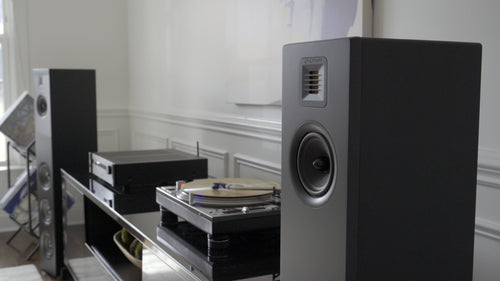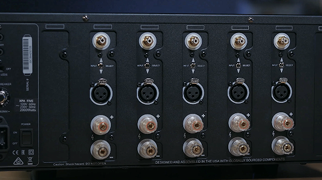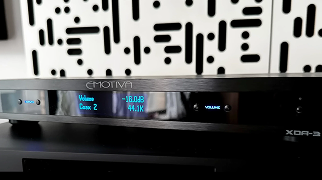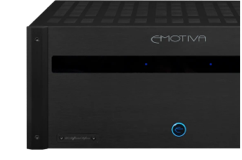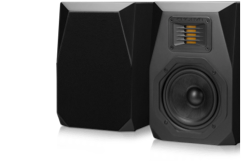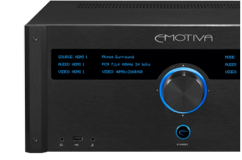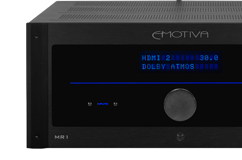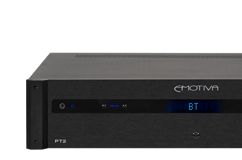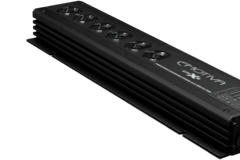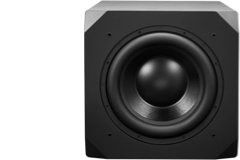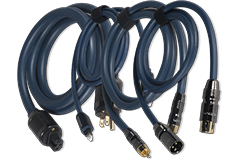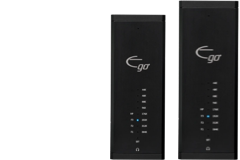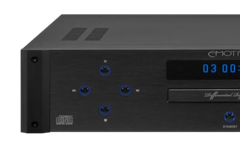
Suppose you are using a digital source, yes. If you listen to originally pressed vinyl through a turntable, phono preamp, and headphone amplifier, then no. A DAC is necessary for consuming digital audio, which is the overwhelming majority of available audio content.
Even if you are a vinyl head, the signal has likely encountered a DAC sometime in its life during the recording, mixing, and mastering process before being pressed into a modern record.
Whether you like it or not, you are probably using a DAC integrated into one of your playback devices. You need to ask yourself how your devices are handling digital sources and what digital conversion quality will best suit your needs.
What is a DAC?
Almost all music signals are recorded and processed as digital information. It is much easier to store, manipulate, and distribute in this domain. However, the music we listen to is an analog voltage amplified and then reproduced by our speakers or headphones. A DAC is needed to convert the digital information to the analog signal that we hear. Additionally, most digital audio is distributed in a compressed format to reduce file size.
DAC is an acronym for Digital to Analog Converter. It converts digital audio information from individually encoded samples into an audio waveform that can be passed on to other devices as an analog signal.
Shannon-Nyquist theorem dictates that the frequency range that can be recreated in the analog domain is precisely half of the sample rate frequency in the digital domain.
Standard CD quality has a sample rate of 44.1 kHz at a bit depth of 16 bits per sample. This translates to a frequency range of 0-22kHz, a maximum signal-to-noise ratio (SNR) of 96dB, and nearly 700 discrete amplitudes per decibel of dynamic range. This frequency range fully encompasses the entirety of the audible spectrum for humans, with over two orders of magnitude exceeding the discernment thresholds of even the most trained ears in dynamic resolution.

The real-world SNR will be slightly diminished due to the limitations of integrated circuits. Modern digital audio for film is standardized at 48kHz/24 bits. This gives a higher range of dynamic resolution with a maximum defined SNR of 144dB. So-called "high-resolution” files will often have even higher sample rates and sometimes a greater bit depth, but this is not what necessarily dictates the resolution of the analog output from a DAC. These files are often distributed in a lossless codec format and will be easier for a DAC to reconstruct perfectly.
This quality of a DAC lies in its ability to determine the exact analog waveform of a signal based on digital information. Many different algorithms are used in interpolating the value of the analog waveform at any given instant in time based on the value of the surrounding samples. Another factor in reconstructing sampled audio is the precision and error rate of the DAC’s internal clock. This error rate is known as 'jitter." The trade-offs used in this operation are based on the cost and time of the associated computational power needed to perform interpolation algorithms of various complexity.
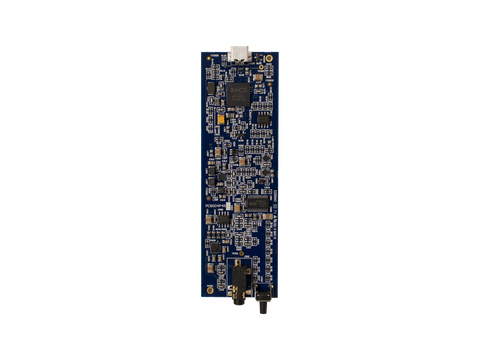
When to Buy a DAC
Every digital source you may use will need to encounter a DAC in your chain of equipment before it reaches an amplifier. Any audio equipment that has digital inputs will have an onboard DAC. Still, you may be looking for a higher-quality unit instead of the built-in one and utilize analog inputs on your preamplifier.
An external DAC may operate at specifications better suited for your needs or equipment in these cases. A standalone DAC will always have some form of digital input and analog outputs. These outputs will typically be routed through a preamplifier to regulate the signal voltage amplitude before passing to a power amplifier.
How Does a DAC Work?
A DAC is a computer that makes its best guess of amplitude value for a continuous signal based on the encoded audio information samples' discrete amplitude values.
The easiest way to imagine this would be by connecting a straight line between two discrete points. When considering audio, simple two-point interpolation would lead to errors in reconstructing the originally recorded and sampled analog signal. The resulting waveform would have distortion and possibly missing information. The original waveform was likely curved in some manner and would more closely match a nonlinear function between those same discrete points.
Simple interpolation techniques can recreate sine waves perfectly at any frequency within the sampling domain but can often have a more challenging time reconstructing transients and more complex waveform patterns.
More sophisticated interpolation techniques use a range of discretely sampled points in time to determine a "best-fit" function that will more closely resemble the originally recorded waveform. These interpolation methods have a higher computational cost but result in a perfectly reconstructed waveform with little to no missing information or distortion.
The accuracy of its internal clock determines the quality of analog conversion that a D.A.C. is capable of and at what rate it can record, interpolate, and reconstruct digital samples of a specified bit depth.

How to Choose a DAC
With all this being said, most DACs these days sound decent. Differences tend to be pretty subtle, especially between DACs sharing the same chip or family of chips.
The only way to know what you like the best is to listen to them yourself. Our very own Ego+ DACs are the perfect piece of gear to jump into adding a DAC to your listening experience. We offer both a Big and Little Ego+ which offer slightly different capabilities depending on your system needs!
Check out the Big Ego+ HERE and the Little Ego+ HERE to pick the right one for you.
You can also pick up a pair of our excellent Airmotiv GR1 Reference Headphones to go along with your Ego at a discounted price HERE.
Share Post


